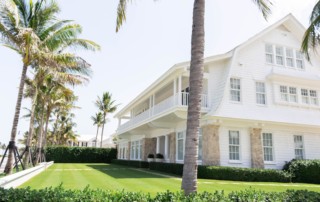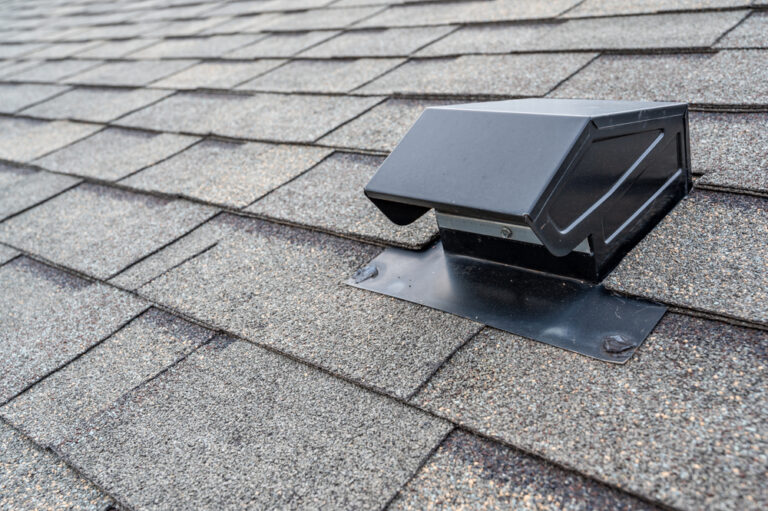As we are now officially in a new decade, it is a good time to look back at the roofing changes in the industry over the previous 10 years. Although some of these products have been available for longer, this blog represents the trends that are starting to gain traction.
Roofing building codes are ever evolving. The most sweeping code changes occurred in 1996 as a response to the devastation caused by Hurricane Andrew in 1992, and since then the codes have experienced tweaks and upgrades. As a consumer, you do not have to worry about building codes if you hire a reputable roofing contractor, as they will ensure that your roof is properly installed according to regulation.
Asphalt Shingles
The standard gray asphalt shingle may seem like it doesn’t have a lot to offer, but modifications to the design and production of these shingles have given homeowners more options than ever. Shingles are now more durable, lasting up to 30 years when installed and maintained properly. They come in a variety of colors instead of the usual industrial gray, helping homeowners to better match the design of their home. And recent innovations have added UV attributes to protect the integrity of the shingle under the blazing sun.
Coatings and Sealants
The market has seen an infusion of UV coatings and reflective materials which help your roof to be more energy efficient. When a roof reflects the sun’s rays instead of absorbing them, it also deflects heat and keeps the space under your roof cooler. This makes the home more energy efficient and helps to keep energy costs lower, a change which is welcome for today’s green-conscious consumer. Homeowners may choose to purchase roofing materials which come pre-treated with these coatings, or they may opt to apply a coating to the existing roof. Sealants can be applied to seal up an older roof and extend its lifespan. Speaking of life expectancies of new roofs, new materials have extended the tenure of a roof for up to a decade or more depending on material utilized – one of the more attractive roofing changes we’ve seen.
Acceptance of Other Roofing Materials
The most common roofing material across the United States (and traditionally in Venice and Sarasota) is the asphalt shingle. Over the last several decades, clay tile has overtaken the shingle as the most popular roofing materials in the region, likely due to the tropical look and feel of terra cotta tile – not to mention its durability and ability to withstand severe weather.
Metal roofing has been around for a long time, but is garnering more attention as homeowners look for more green and energy efficient options. Metal roofing can be made from recyclable materials, can be recycled at its end of life, and can keep a home cooler when treated with reflective coating.
Although not yet accepted as a residential roofing choice, we are seeing more “living roof” options. A living roof is comprised of plants and trees which naturally shade the home while adding more plants to the local environment. A living roof can also provide a habitat for local birds and butterflies. The living roof is not mainstream as of yet – but check back with this blog in 2030!
The best way to ensure that you are installing the best roof for your home and budget is to hire a local, reputable roofing company. [company_name] has been building and maintaining quality roofs for several decades – and we are up on all the latest roofing changes which will benefit your property.




